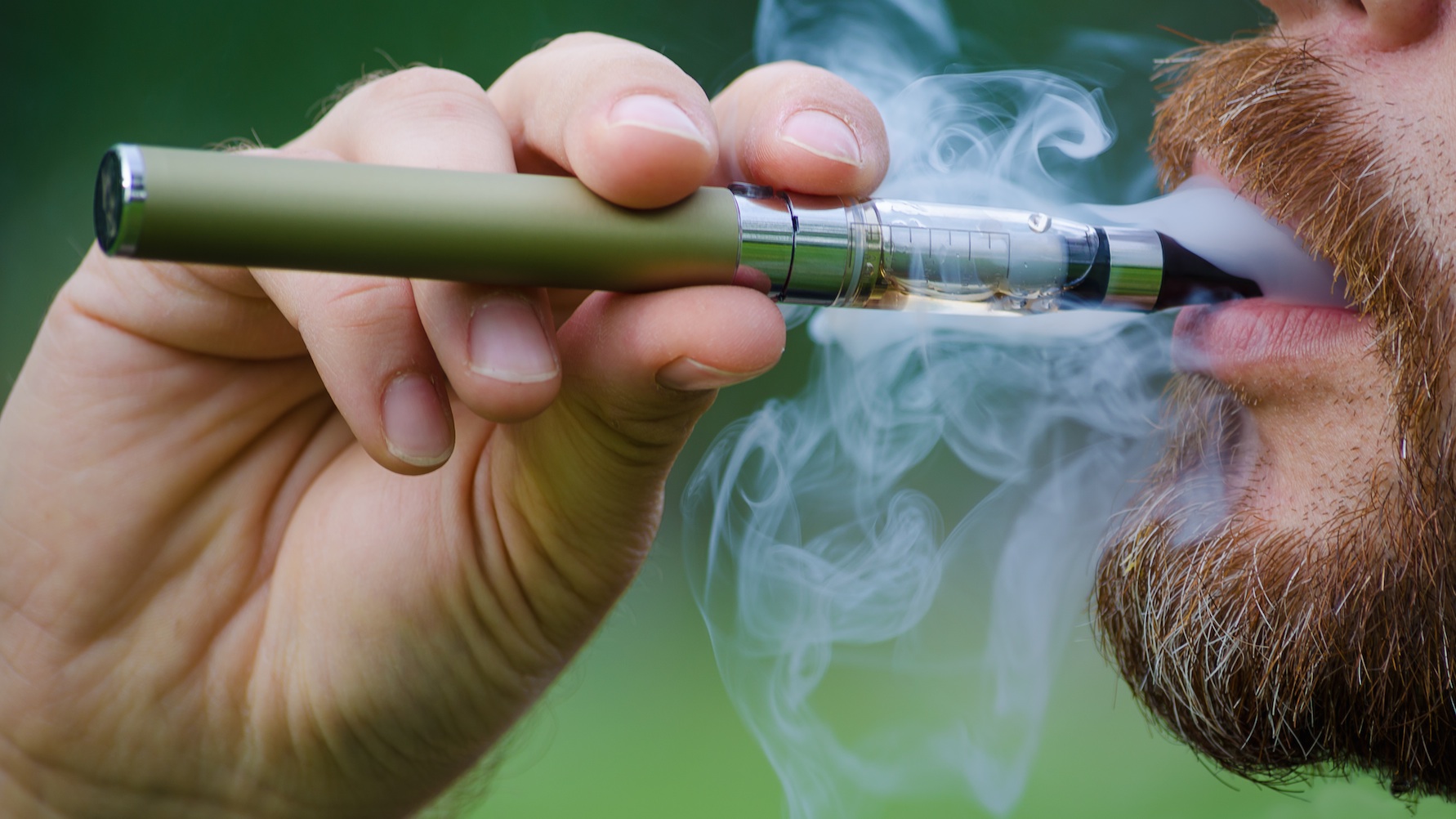E-Cigarettes Dispense Large Doses of Formaldehyde at Higher Settings

There have been increasing concerns and controversy surrounding the health and safety of e-cigarettes. Some researchers claim the devices are a helpful aid for smokers to quit, others say they’re a safer alternative to conventional cigarettes. However, in a letter to the New England Journal of Medicine, researchers claim they’ve found evidence of large doses of formaldehyde when the e-cigarettes are turned up to their highest settings.
For those who aren’t familiar with e-cigarettes, they work by heating up a liquid that contains a solution of propylene glycol, glycerol, or both, with the option of nicotine and various flavorings. The liquid is then turned into a vapor that the user inhales.
Rob Stein from NPR has written on the concerns brought forward by researchers relating to high doses of formaldehyde they found. He sat down to interview one of them–David Peyton, a Professor at Portland State University.
In their research, the team simulated vaping by drawing the aerosol into a syringe in order to examine the chemicals being emitted by e-cigarettes. What they found was large doses of formaldehyde—higher than what’s usually seen in conventional smoking cigarettes. However, Gregory Conley of the American Vaping Association has another take on the researchers’ findings:
“They clearly did not talk to [people who use e-cigarettes] to understand this. They think, ‘Oh well. If we hit the button for so many seconds and that produces formaldehyde, then we have a new public health crisis to report.’ “
He claims in order to yield these results, an e-cigarette user would have to turn the device’s settings to its highest voltage and keep it on for 100 seconds. Conley told NPR:
“… no human vaper would ever vape at that condition, because within one second their lungs would be incredibly uncomfortable.”
Peyton and his fellow researchers did dial the e-cigs up to their highest voltage levels, telling NPR that no formaldehyde was detected at the e-cigarette’s lower settings. However, he believes that Conley’s assessment isn’t true:
“As I walk around town and look at people using these electronic cigarette devices it’s not difficult to tell what sort of setting they’re using. You can see how much of the aerosol they’re blowing out. It’s not small amounts.”
Not being an e-cigarette user, it would seem further research into how vapers use the devices demands some study. The findings here are a good jumping off point, but looking into the practices of e-cigarette users should be the next step. Still, if large doses of formaldehyde do exist at higher settings, perhaps there should be regulations on that as well.
Read more at NPR
Photo Credit: Shutterstock





